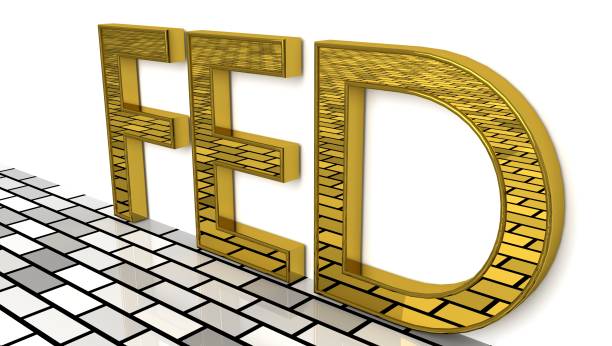
The relationship between Federal Reserve (Fed) meetings and gold prices is complex and can be influenced by various factors. Here's how Fed meetings can affect gold prices:
-
Interest Rates: One of the primary factors is the Fed's stance on interest rates. Gold, being a non-interest-bearing asset, tends to become more attractive when interest rates are low. If the Fed signals a dovish stance or decides to lower interest rates, it can reduce the opportunity cost of holding gold, making it more appealing to investors. Conversely, if the Fed adopts a hawkish stance and raises interest rates, gold may become less attractive compared to interest-bearing assets, leading to potential downward pressure on gold prices.
-
Inflation Expectations: Gold is often considered a hedge against inflation. If the Fed expresses concerns about rising inflation or adopts a more hawkish stance to control inflation, investors may turn to gold as a store of value, driving up demand and pushing gold prices higher.
-
Dollar Strength: Gold is priced in U.S. dollars, and there is an inverse relationship between the value of the dollar and gold prices. When the Fed signals a dovish stance or takes actions that weaken the U.S. dollar, it can contribute to higher gold prices. A weaker dollar makes gold more affordable for investors holding other currencies.
-
Market Sentiment and Uncertainty: Fed meetings can introduce uncertainty into financial markets. Unexpected decisions or statements can impact market sentiment, prompting investors to seek safe-haven assets like gold. In times of economic uncertainty, gold may experience increased demand, leading to higher prices.
-
Global Economic Conditions: The decisions made by the Fed can have broader implications for global economic conditions. If the Fed's actions are perceived as having potential spillover effects on the global economy or if they contribute to increased global uncertainty, investors may turn to gold as a safe-haven asset, influencing its prices.
-
Real Interest Rates: The difference between nominal interest rates and inflation (real interest rates) is crucial for gold prices. When real interest rates are low or negative, gold tends to perform well as it offers a more attractive investment compared to assets with a negative real return.
Investors closely monitor Fed meetings and announcements for signals about future monetary policy, economic conditions, and inflation expectations. The interpretation of these signals, along with other global economic factors, plays a significant role in determining the impact on gold prices.
https://premiergoldco.com/


Comments
Add Comment